This is a continuation of an informal test of the $167 Viltrox 35 mm f/2 lens on a Sony a7RII camera. For comparison, I’ll be showing images with the same camera and the Zeiss 35mm f/2 Biogon-M. The test starts here.
There’s a test scene that I use for looking at lens bokeh, and, although it’s n0t optimized for a lens as short as 35mm, it is handy (and today’s rain precludes outdoor photography), so I thought I’d use it to see what the Viltorx lens is like in fairly undemanding circumstances. It just down’t seem right to put a cheapo lens through more torture testing like that of the last two posts. From what we found out there, this lens will never be great for circumstances that need ultimate quality. Now, I’m trying to figure out what, if anything, this lens is good for.
This post’s comparison lens, the M-Mount Zeiss Biogon, doesn’t set a bar anywhere near as high as the 35mm f/2 lens on the RX1 that I used for the last set of tests. Because it was designed for use with film, it suffers from corner smearing at wide apertures on the Sony a7x cameras. So we have two lenses that can be expected to deviate strongly from critical sharpness in the corners.
The two lenses wide open. I used a M-mount to E-mount adapter with a helicoid to get the Zeiss to focus this close. The Vitrox was used near its closest focusing distance. I focused on the bunny’s left eye (the one on the right).


Overall rendering is quite similar. The Viltrox corner falloff wide open is not particularly apparent in this scene. I don’t think there’s a lot to choose between the smoothness of the out-of-focus (OOF) parts of the image, either. The Zeiss lens retails for about seven times what the Viltrox goes for. And then there’s that $250 adapter. There are hardly any color differences between the two lenses (I used a Wescott LED panel set to 5500K and Flash white balance for all the images).
Stopping down:








Are you bored? I know I sure am. I could go on, but I’ll spare you.
Zooming in to about 1:1:
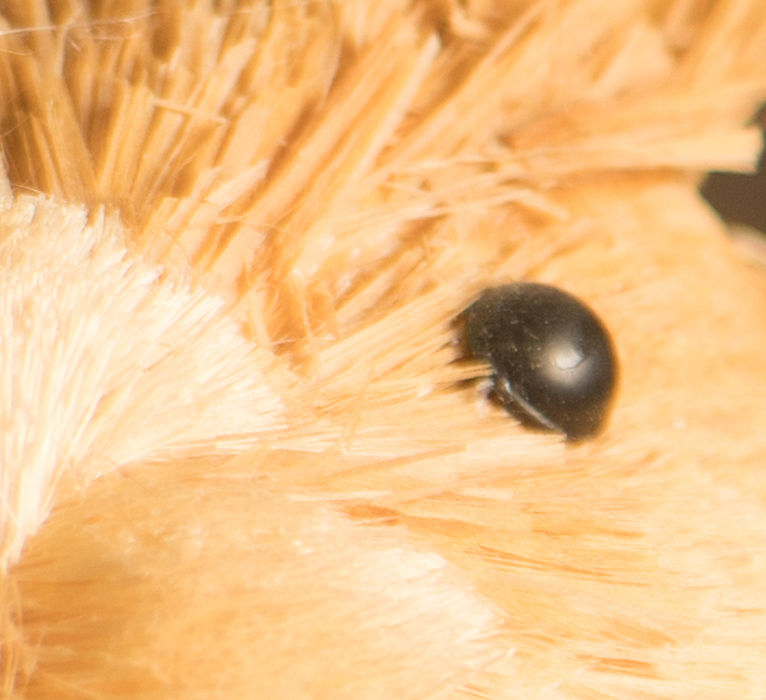
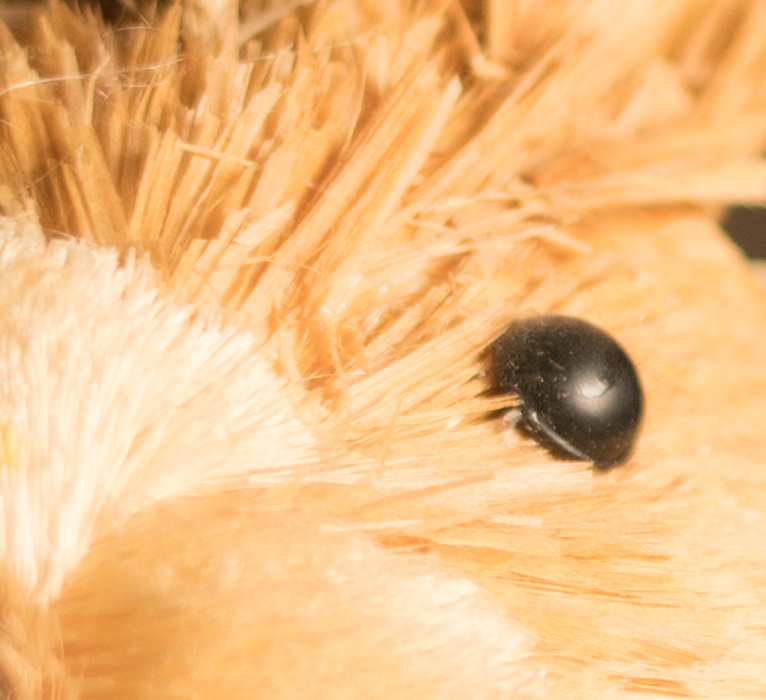
The Zeiss is slightly sharper than the VIltrox, in spite of the corner smearing. However, I can think of many circumstances in which the VIltrox result would be just fine, and we are well away from the central part of the field.
Stopping down:
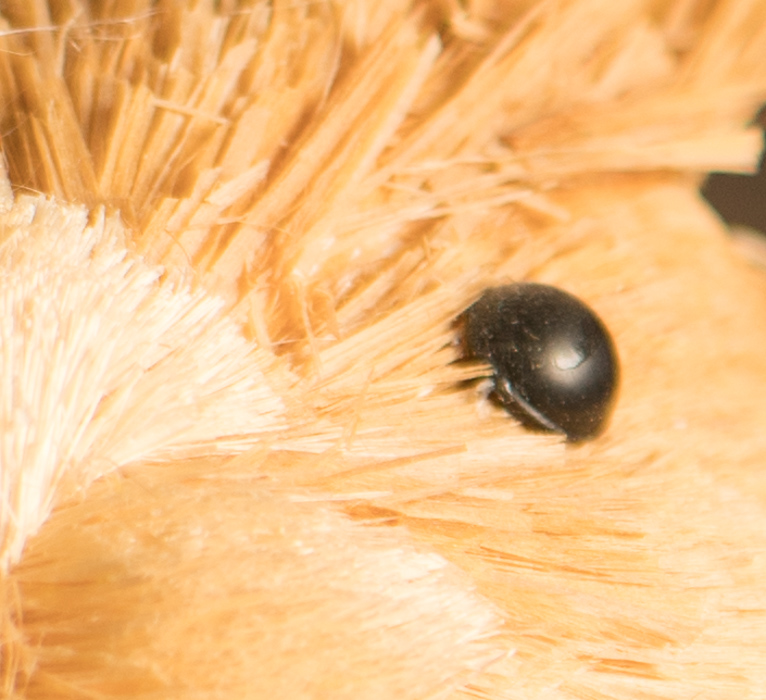
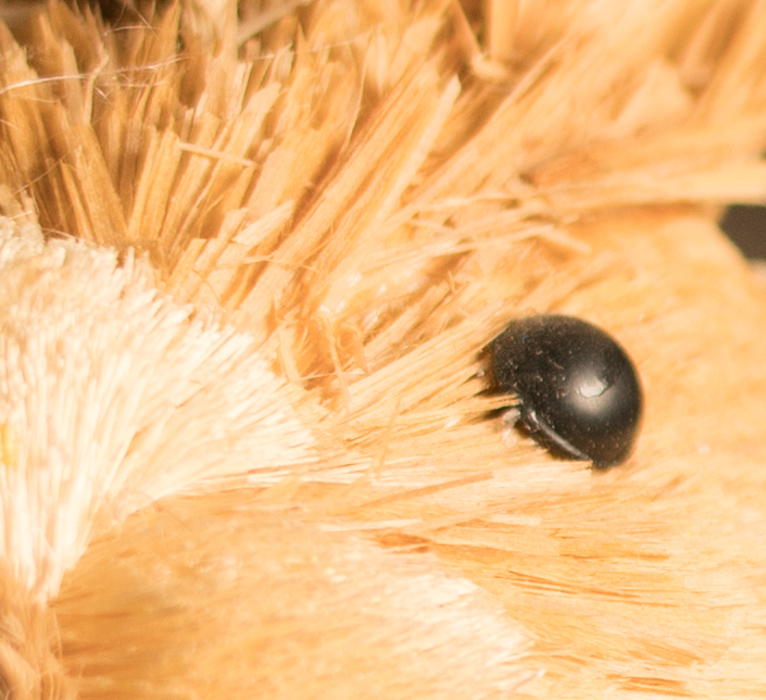
Whatever sharpness differences remain are small.
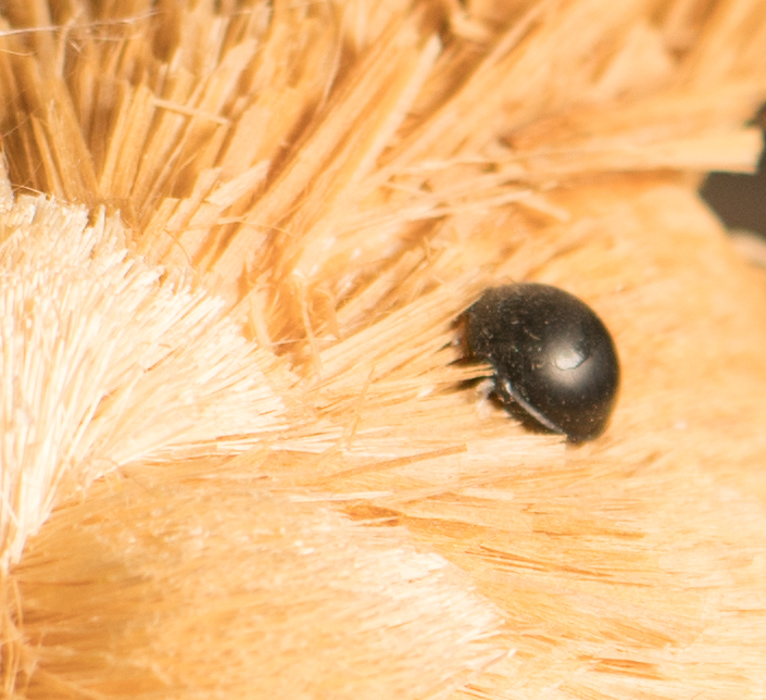
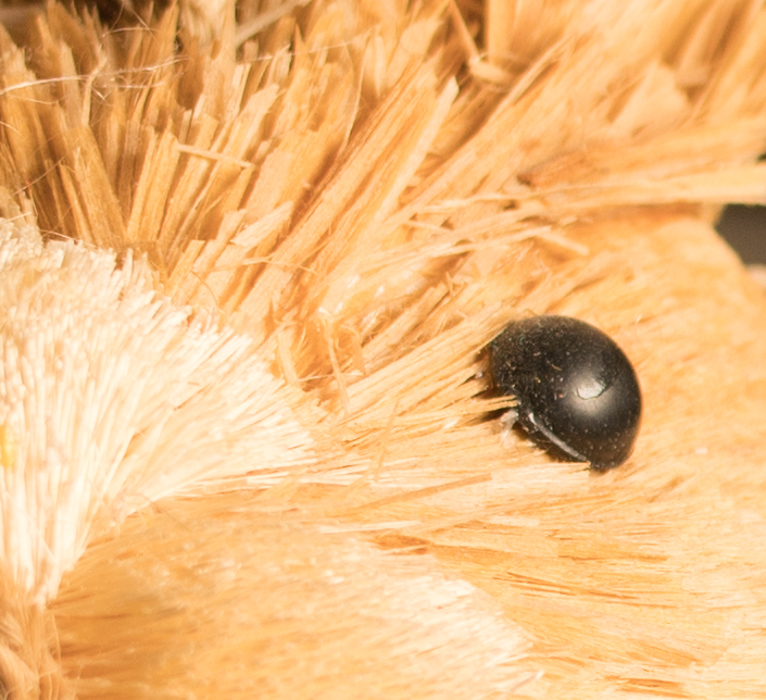
It looks like I back-focused slightly on the Zeiss series. The Zeiss is slightly more contrasty.
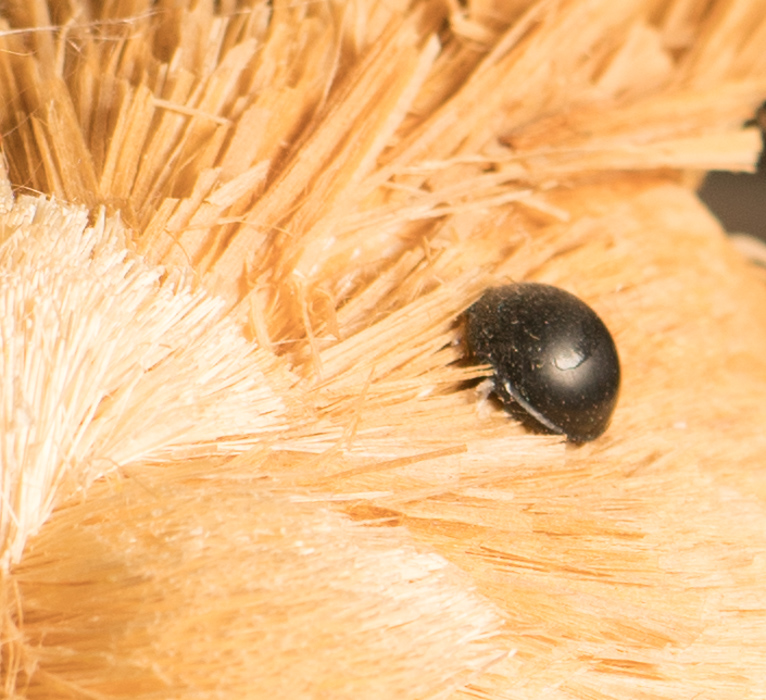
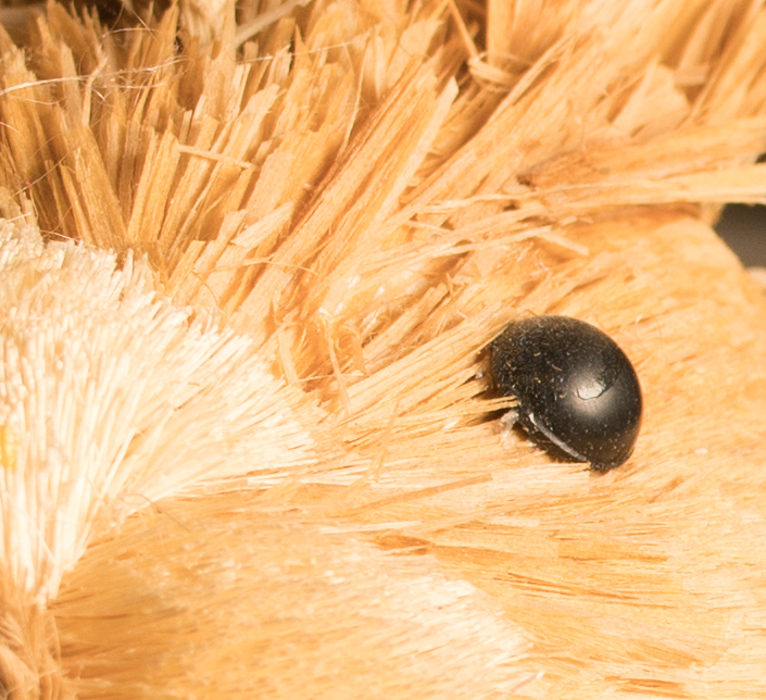
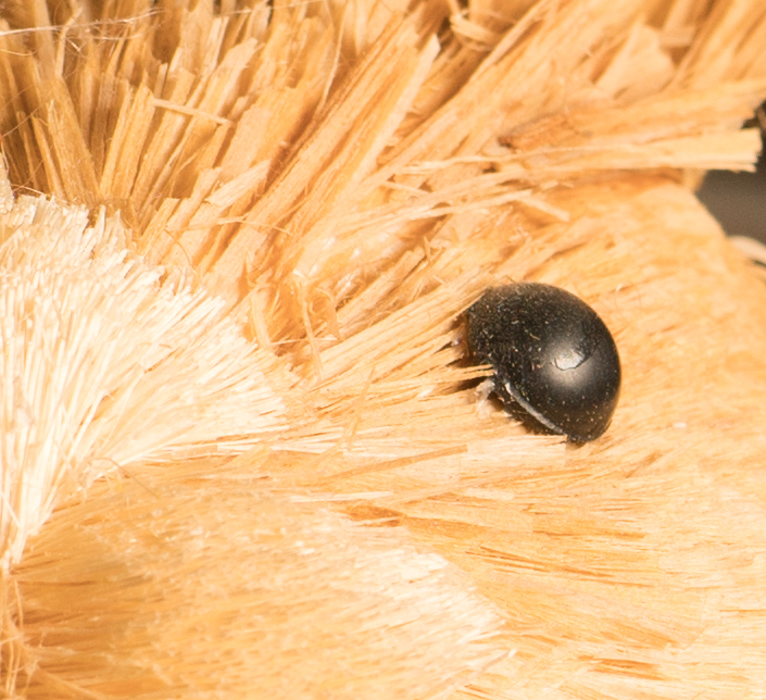
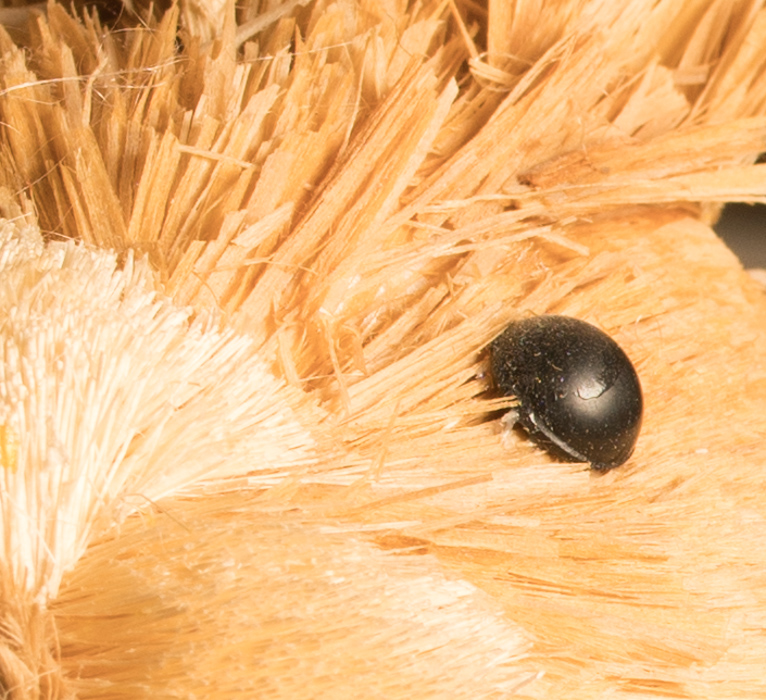
I think you get the idea. For a scene like this, I’d be just as happy using the Viltrox as the Zeiss lens.
To me it appears the microcontrast on the Zeiss is significantly higher thoughout the range. For the price and a possible aesthetic choice that’s a neat little lens though.